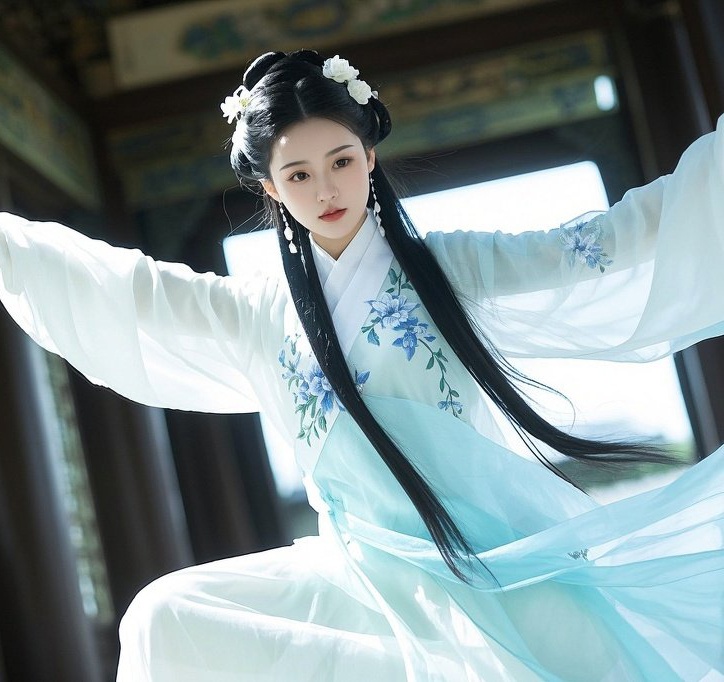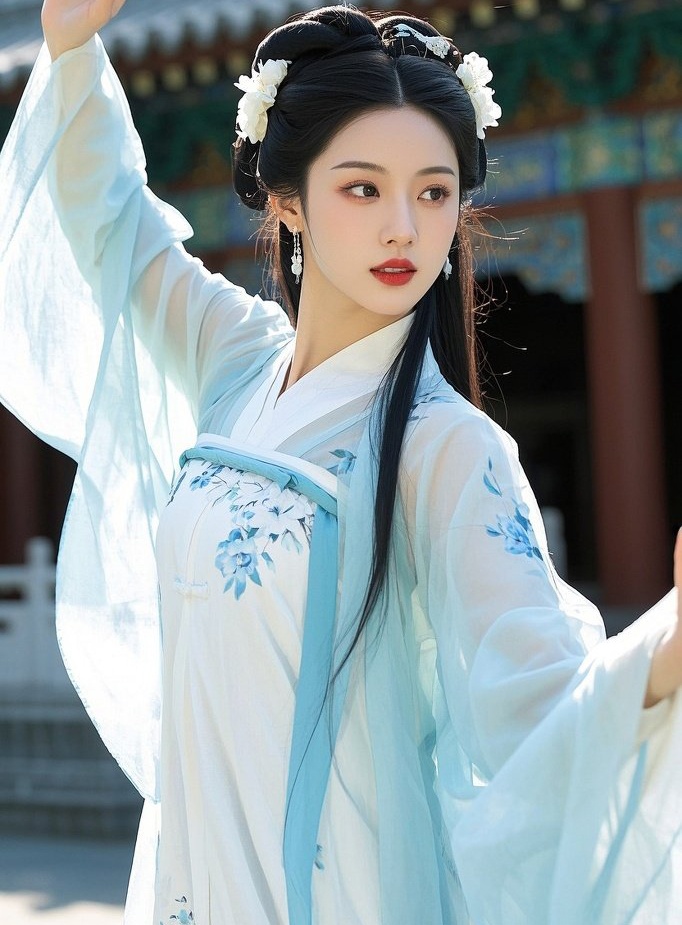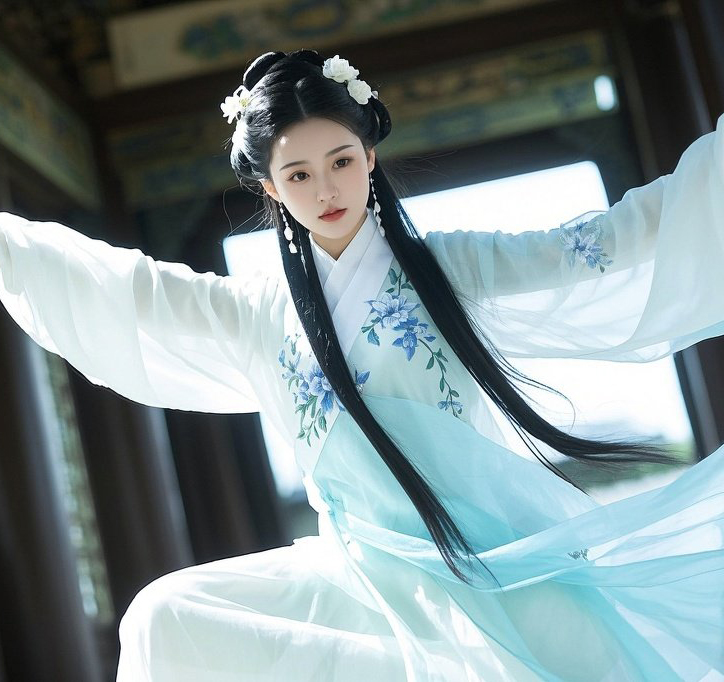Internal Strength Stretching: Mastering the Water Flowing Technique (Shun Shui Tui Zhou) in Qigong
In the realm of Qigong and Tai Chi, Internal Strength Stretching (Nei Jin Zi La) is a highly regarded practice that cultivates internal power, improves body alignment, and enhances energy flow. Among its essential techniques, the Water Flowing Technique (Shun Shui Tui Zhou) stands out as a dynamic and effective method for strengthening the筋骨 (jing gu, tendons and bones) and optimizing the flow of Qi through the body. This practice involves a series of movements that emphasize spinal rotation, body alignment, and the connection between the upper and lower body, creating a harmonious balance of strength and flexibility.
Understanding the Water Flowing Technique (Shun Shui Tui Zhou)
The Water Flowing Technique is a two-part sequence that mimics the natural flow of water—smooth, continuous, and powerful. It is designed to stretch and strengthen the筋骨 (jing gu), improve circulation, and enhance the practitioner's ability to move Qi through the body. The movements are rooted in the principles of Yin-Yang balance, where opposing forces work together to create harmony and stability.
Step 1: The First Movement (Deng Zuo Jian)
Starting Position: Begin in a standing position with your feet shoulder-width apart. Keep your spine straight, and relax your shoulders.
Left Leg Forward: Shift your weight onto your right foot and lift your left leg slightly. As you exhale, step forward with your left foot, forming a Right Bow Stance (right knee bent at a 90-degree angle, left leg straight but not locked).
Hand Placement: Extend your arms forward at shoulder height, palms facing downward. As you settle into the stance, your left hand should move slightly to the right, creating a diagonal alignment with your right hand. Both palms should remain parallel to the ground, slightly above shoulder level.
Alignment Focus: Ensure that your body is aligned from the crown of your head to your left heel. This creates a straight line of energy flow, enhancing stability and strength in the stance.

Step 2: The Second Movement (Shun Shui Tui Zhou)
Rotation and Transition: From the Right Bow Stance, shift your weight slightly to the right and begin rotating your torso to the right. As you do this, your right foot will pivot outward, and your left foot will follow in a natural arc.
Hand Movements: As your body rotates, your right hand will sweep downward toward your right hip, while your left hand will rise upward, crossing over your body to the right shoulder area. This creates a dynamic tension between the upper and lower body.
Final Alignment: After completing the rotation, your right hand should rest near your right hip, palm facing downward, while your left hand should be positioned above your right shoulder, palm facing inward. Maintain a straight line from your head to your right heel, ensuring proper alignment and energy flow.
Benefits of the Water Flowing Technique
Enhanced Spinal Rotation: The Water Flowing Technique promotes healthy spinal rotation, improving flexibility and reducing stiffness in the lower back.
Strengthened筋骨 (Jing Gu): The movements stretch and strengthen the tendons, ligaments, and muscles, enhancing overall body stability.
Improved Energy Flow: By aligning the body and creating a continuous flow of Qi, this technique helps to cultivate internal power and vitality.
Mind-Body Connection: The practice encourages mindfulness and focus, fostering a deeper connection between the practitioner's physical and energetic bodies.
Incorporating the Water Flowing Technique into Your Practice
The Water Flowing Technique can be practiced as a standalone exercise or integrated into a broader Qigong or Tai Chi routine. It is particularly beneficial for individuals seeking to improve posture, enhance flexibility, and cultivate internal strength. Whether you are a seasoned practitioner or a newcomer to Qigong, this technique offers a timeless method for achieving balance, harmony, and vitality.
By mastering the Water Flowing Technique, you can unlock the full potential of Internal Strength Stretching and experience the transformative power of Qigong for yourself.
Practice Tips:
Focus on maintaining proper alignment throughout the movements.
Breathe deeply and smoothly, coordinating your breath with the flow of the technique.
Practice the movements slowly and intentionally, allowing your body to adapt and strengthen over time.
Conclusion:
The Water Flowing Technique is a cornerstone of Qigong practice, offering a powerful way to cultivate internal strength, improve alignment, and enhance energy flow. By incorporating this technique into your routine, you can experience the profound benefits of Qigong and unlock your body's natural potential for health and vitality. Start practicing today and feel the difference!



